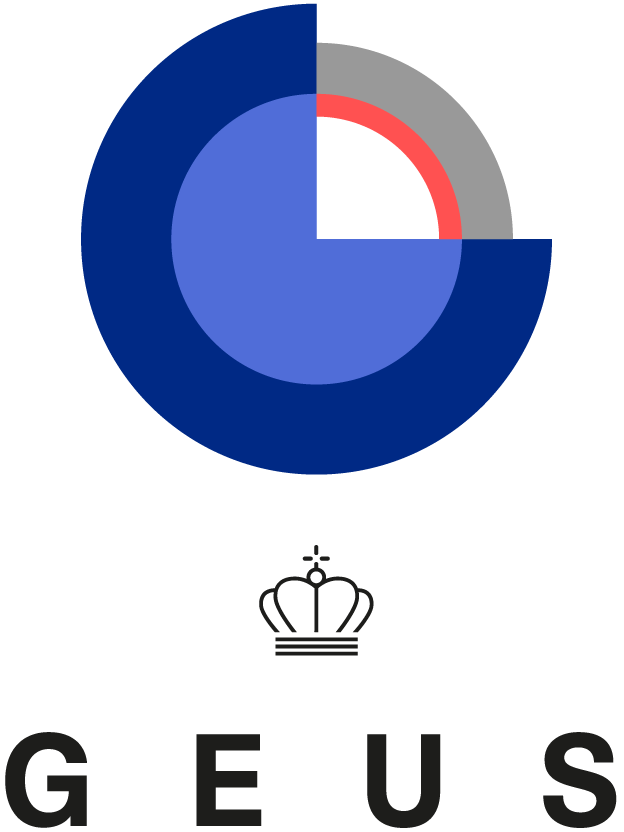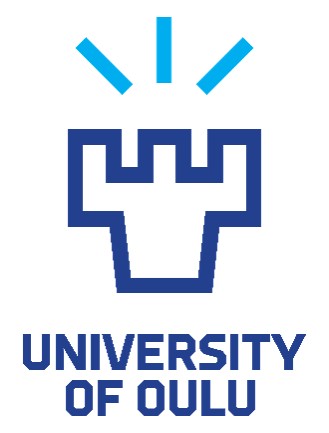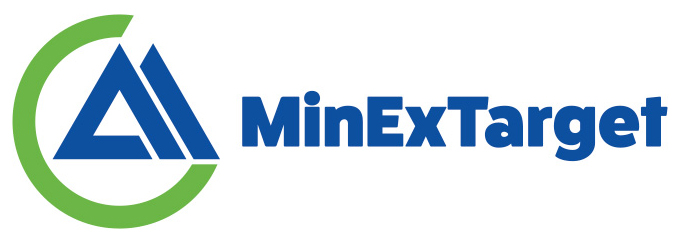Partners
|
1. Geological Survey of Finland – GTK |
|
GTK is an internationally recognized expert organization in applied earth sciences. The core of GTK’s research activities is based on a variety of theoretical, experimental, modelling and applied approaches for the characterization, management and development of mineral resources. GTK is also experienced in different geological capacity building and training projects, including inter-agency communication, community outreach and mentoring of young experts. In the proposed project, GTK is responsible for the overall management (WP1), developing of analytical techniques (WP3) and for the dissemination and communication of results (WP6). GTK also participates in the work packages of MinExTarget dealing with evaluation of characteristics of selected heavy minerals in their sources and evaluation and validation of results of research, as well as co-supervising PhD and MSc students at the partner universities. GTK has been systematically collecting till and stream sediment samples in mineral exploration programs during the past 30 years and will use its own sample set from a selected test area with known orogenic gold and magmatic Ni(-Cu-Co-PGE) deposits in Lapland. Modern sample preparation, automated mineralogy and mass spectrometric laboratories for the purpose of the project are available at GTK.
|
2. AGH University of Science and Technology, Poland |
 |
AGH is one of the most renowned Polish technical universities. It has long and rich tradition – for 100 years it has been educating the most needed engineers. The Department of Economic Geology as the part of the Faculty of Geology, Geophysics and Environmental Protection has decades of experience in exploration and evaluation of exploration projects all over the world, thus well prepared to lead the source characterization aspects (WP4) of the project. The department has strong collaboration with the Polish and international mining and exploration industry (e.g., KGHM PM S.A.). Research activities are focusing on innovative exploration methods, geology and mineralogy of Kupferschiefer, MVT, IOCG deposits and geological modelling of mineral deposits. Well-equipped laboratories are available on Faculty including e.g.: EDS, WDS, Raman, ore petrography lab. Since 2014, the Faculty offers the Economic Geology Master program focusing on economic geology of metallic and non-metallic mineral deposits, research methods for mineral raw materials (e.g., ore microscopy), field training in economic geology, mineral exploration, mining methods, mineral processing and environmental issues related to mining of mineral deposits.
|
3. CRS Laboratories Oy, Finland |
 |
CRS Laboratories is an entrepreneur-driven independent laboratory SME based in Finland with main customer base in Finland and Sweden. CRS customers are almost exclusively exploration and mining companies. CRS provides sample preparation to any type of samples used in mineral exploration and wide variety of laboratory analyses from own laboratory in Kempele, Finland. CRS also represents a global laboratory company, MS Analytical and has access to their resources and services. As innovative and hungry-for-growth operator already in the market, CRS is prime candidate for commercializing the analysis service that will be developed by the MinExTarget project. Therefore CRS wilol be a project partner not only in the technical development work package (WP3), but will also cooperate with the Oulu University in development of the business model and go-to-market strategy (WP0).
|
4. Geological Survey of Denmark and Greenland |
 |
GEUS has several research groups that focus on economic geology, applied mineralogy, structural geology, igneous processes and exploration geophysics. These groups combine their expertise to collectively work on the geological description of mineralizing systems from the micro scale to the regional scale, and the development of new genetic models for ore formation. GEUS has advanced laboratories that include a Photogeology Lab for 3D geologic and structural mapping, and facilities for mineralogical and mineral chemistry analysis and geochronology: LA-ICP-MS, optical microscopy, and a newly installed SEM. The research team is highly collaborative, and researchers working in related projects routinely share their expertise. GEUS has a comprehensive geochemical, geophysical and sample database that can be made available for research use. GEUS main role in the project will be the leading of the work package (WP5) on testing and validation of the results of research and participation in the studies focusing on methodological developments and characterization of heavy minerals at their sources. GEUS provides access to the testing areas and till/stream sediments samples from eastern Greenland, as well as participates in the educational aspects of the project by co-supervising PhD thesis works.
|
5. Mawson Oy, Finland |
 |
Mawson Oy is a mineral exploration SME with its primary focus on the Rajapalot gold-cobalt system in Finnish Lapland. In the early stages of gold-cobalt resource delineation, the Mawson Oy exploration permits provide undisturbed testing sites where gold-cobalt mineralisation and the associated heavy mineral trains can be collected. Over two thousand base of till analyses and more than 100 heavy mineral concentrates can be provided for study. Thus the company provides the area for testing of the new exploration service in an active business environment. With over 30 kilometres of diamond drill core and multiple levels of geological and geophysical datasets a comprehensive 3D model of the evolution of the gold-cobalt mineralisation is being built aiding in the interpretation of the resulting heavy mineral data. Mawson has strong connections to Oulu University through jointly supervised research students (Masters and PhD level) and with GTK through a variety of research projects, including GTK coordinated H2020 project NEXT – New Exploration Technologies. Mawson’s major contribution will be included in WP4 with participation of several tasks in other WPs.
|
6. Palsatech Oy, Finland |
 |
Palsatech Oy is an SME which was founded in 2013. Palsatech Oy provides geotechnical, geochemical, geological, geophysical and engineering geological services. Most of the clients are junior or major mining and exploration companies. Palsatech has grown significantly over the few past years and now employ over 50 persons in peak season. Palsatech offers a heavy mineral service which includes planning, sampling, sample preparation, picking (mostly Au grains) and result interpretation. MinExtarget project would take the service and company’s knowhow of the method a step further mostly by involvement in the technical development (WP3) and business development (WP0) aspects of the project.
|
7. University of Oulu, Finland Oulu Mining School: www.oulu.fi/oms/ |
 |
University of Oulu is one of the biggest and the most multidisciplinary universities in Finland with 13500 students and 2800 employees. The university consists of eight faculties and many specialized research units among which the Oulu Business School (OBS) and the Oulu Mining School (OMS) participates in the proposed MinExTarget project. The Oulu Business School is an international research and educational institute for economic sciences and consists of three departments. Students are offered studies in six different majors; Accounting, Economics, Finance, International Business, Management and Marketing. Internationally recognized and awarded research in all six majors is considered as the fundamental basis of the education offered. The school has AACSB accreditation, has approximately 3000 students, 100 staff, and the annual intake of students exceeds 250. In spring 2008, President Martti Ahtisaari opened an international Research and Education Institute bearing his name Martti Ahtisaari Institute of Global Business and Economics (MAI). MAI is involved in developing research activities of the University of Oulu in a broad-scale international cooperation initiative and one of the main research themes in MAI is digital service business. The Institute is also a part of the Oulu Innovation Alliance. (http://www.mai.fi/en) and is responsible for organizing executive and entrepreneurship education for the whole university. OBS is responsible for WP0 in MinExTarget. The Oulu Mining School (OMS) of the University of Oulu aims to integrate scientific disciplines along the value chain from exploration to mining and mineral processing. Education and research as well as the use of Minipilot facility are closely integrated in the co-operation with industry, mining sector and research institutes. In the proposed project OMS is responsible for leading the WP2 on professional development, learning and education. PhD and MSc students from the OMS will also participate in research of WP3, WP4 and WP5 through PhD and MSc thesis works.
|
8. University of Tromsø - Arctic University of Norway |
 |
UiT with more than 15.800 students and 3400 employees, is the third largest university in Norway. The current strategy of the UiT (2014-2020) highly prioritizes mineral resource-oriented research and educational activities, with the strong focus to sustainable use of resources. UiT contribution to the project is considered to be very important considering its expertise in Arctic geology, ore geology and marine geology. The UiT has a research vessel available for sampling of marine sediments as well as the geological sample preparation laboratory and analytical laboratories equipped with a modern electronmicroscope, mass spectrometer and fluid inclusion heating-freezing stage. Also, a new Raman spectroscopy equipment is in the purchasing process. UiT will participate in sampling and preparation of samples from the test area in Norway, including barren and mineralized rocks and stream and marine sediments (project partnership in WP4). Also, UiT will contribute to education of PhD students in collaboration with other academic partners (WP2).





